summary
Excitatory amino acid stimulation of phosphatidylinositol (PI) hydrolysis has been associated with development of the CNS. Normally minimally ineffective in stimulating PI hydrolysis in the neonatal rat cerebellum, N-methyl-D-aspartate (NMDA) increased levels of PI hydrolysis 82.3 +/- 5.5% above basal values in the presence of 1 microM baclofen, a gamma-aminobutyric acidB (GABAB) receptor agonist. This effect was observed at day 7 but not in adult cerebellum. The effect of baclofen could be mimicked by low dose GABA and taurine, actions which were blocked by prior application of a specific GABAB antagonist. Therefore, the ability of NMDA to stimulate PI hydrolysis in neonatal cerebellar tissue may be regulated by the degree of GABAB receptor stimulation.
additional information
Excitatory amino acid stimulation of phosphatidylinositol (PI) hydrolysis has been associated with development of the CNS. Normally minimally ineffective in stimulating PI hydrolysis in the neonatal rat cerebellum, N-methyl-D-aspartate (NMDA) increased levels of PI hydrolysis 82.3 +/- 5.5% above basal values in the presence of 1 microM baclofen, a gamma-aminobutyric acidB (GABAB) receptor agonist. This effect was observed at day 7 but not in adult cerebellum. The effect of baclofen could be mimicked by low dose GABA and taurine, actions which were blocked by prior application of a specific GABAB antagonist. Therefore, the ability of NMDA to stimulate PI hydrolysis in neonatal cerebellar tissue may be regulated by the degree of GABAB receptor stimulation.
LINK - http://www.ncbi.nlm.nih.gov/pubmed/1686306
